Affiliate links on Android Authority may earn us a commission. Learn more.
Google Nest Hub review: still one of the best smart displays, two years later
Published onJanuary 2, 2020
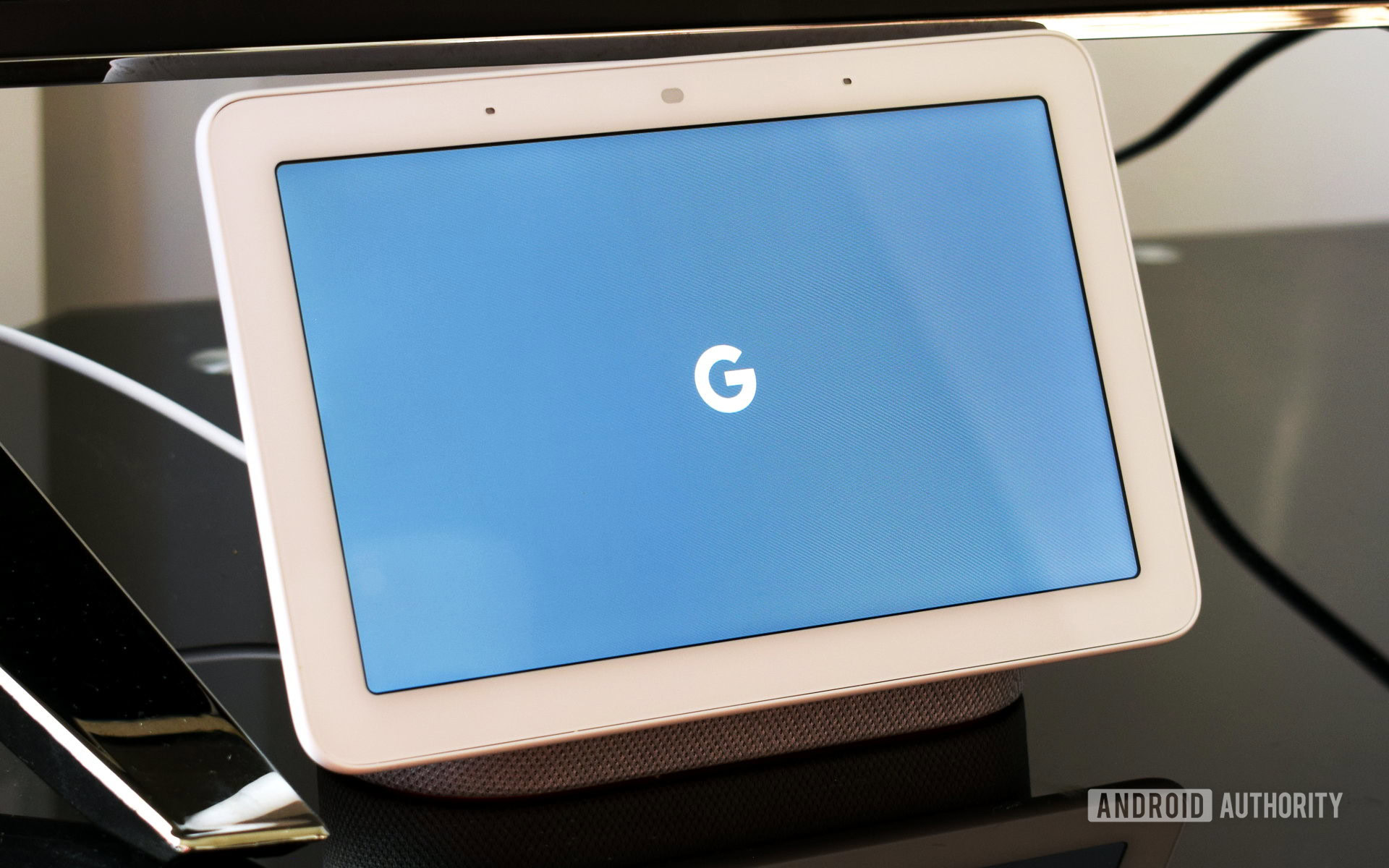
Editor’s note (2/1/20): This review was originally published in October of 2018. In that time the device has been rebranded from its original “Google Home Hub” name to “Google Nest Hub”, though you may see it under either name depending on the retailer. It’s also seen a few price cuts over it’s life and can now be found typically around the $80 mark.
Below we keep the original review as most of the points hold up, but here’s the biggest takeaways about the Google Nest Hub you want to know in 2020:
- It’s still one of the best smart displays on the market.
- The software has seen some improvements, though most of the core features remain the same.
- There’s still only support for Google Duo calling.
- If you want extra features like a camera and full Nest support, you might want to consider the Google Nest Hub Max.
Original review (published Oct 2018):
The Google Nest Hub was Google’s first entry into the smart display market, aiming to improve on the smart speaker formula by throwing video and touch screen interactions into the mix.
Design
The Google Nest Hub looks and feels much like its other products. A grey fabric texture covers the speaker returns, and the rest of the hub is clad in a utilitarian white plastic. You’ll find the familiar microphone mute slider on the rear, accompanied by a volume rocker on one side. The hub isn’t powered by a USB port like the Home Mini but takes an older looking DC adapter from the original Google Home.
Honestly, I think the Home Hub seems a little cheap, down solely to the 7-inch, 1,024 x 600 resolution display. It looks like a bog standard white-box tablet stuck on a speaker. The bezels are too fat and softly curved to make for an appealing photo frame, yet there isn’t a clear need for them outside of housing the small ambient light sensor at the top. The Home Hub isn’t ugly as such, but it certainly doesn’t radiate good taste. There are chalk, charcoal, aqua, and sand color options, but you’re out of luck if you don’t like the pastel palette. At $149 (139 pounds in the U.K.) I suppose we can’t have it all.
More of what makes Google Home great (and frustrating)
There’s little to complain about in the display’s image quality and colors. The pixel density is comparable to dedicated digital picture frames, although I can’t help but feel pictures pulled from Photos could be sharper. Fortunately, the panel is bright enough for easy viewing even with glare shining in through the windows. There’s not too much more to say about the Ambient EQ display feature. It does its job as advertised, brightening the panel in daylight and switching to a dim clock before sleeping at night.
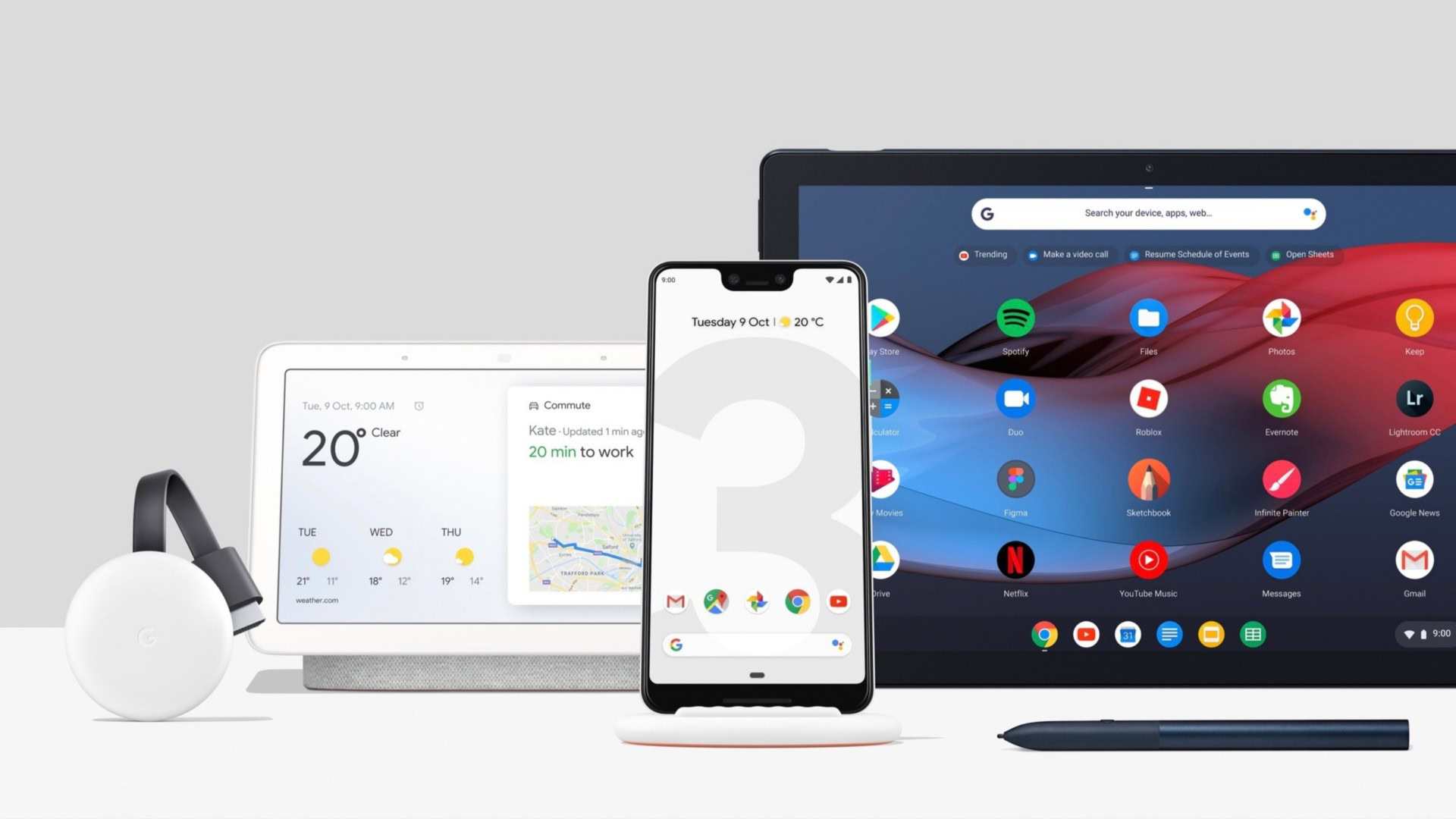
Although the display might be the main draw, the Home Hub functions as a speaker too. Sound quality feels on par with the standard Google Home and is certainly better than the Mini. It’s perfectly serviceable for music from regular streaming services. Although we certainly wouldn’t recommend it as a replacement for a proper set of speakers.
In addition to its looks, the Home Hub will feel very familiar to those who already use other Google Home products. All of the usual key functionality remains in place, like setting alarms and reminders, asking about the weather and news, and streaming music from your favorite service. The introduction of the display adds in plenty of new features, and makes some of the old ones much better.
Commute times, for instance, make much more sense when you can see the route Google is suggesting. Any recommended detours or congestion points are right there to see. Even weather reports are far more detailed, showing how the temperature and chance of rain change throughout the day, allowing you to plan accordingly. Perhaps my favorite improvement is looking up recipes. It’s much, much better to pause a video or swipe your way through cooking steps than laboriously ask Google to move on or repeat the current instructions.
There’s something oddly satisfying about watching Assistant translate your speech to text.
This leads to perhaps the biggest new feature with the Google Home Hub — YouTube and casting. The Google Home Hub is actually based on Chromecast hardware, not Android Things like past products. This means third-party video apps that already support casting work right away. You can also request YouTube playlists, music videos, and basically stream any video you want to the Hub.
Overall, the addition of a touch display makes interacting with most applications easier and faster, as it cuts down on the “OK, Google” rigmarole. There’s also something oddly satisfying about watching Assistant translate your speech into text in real time.
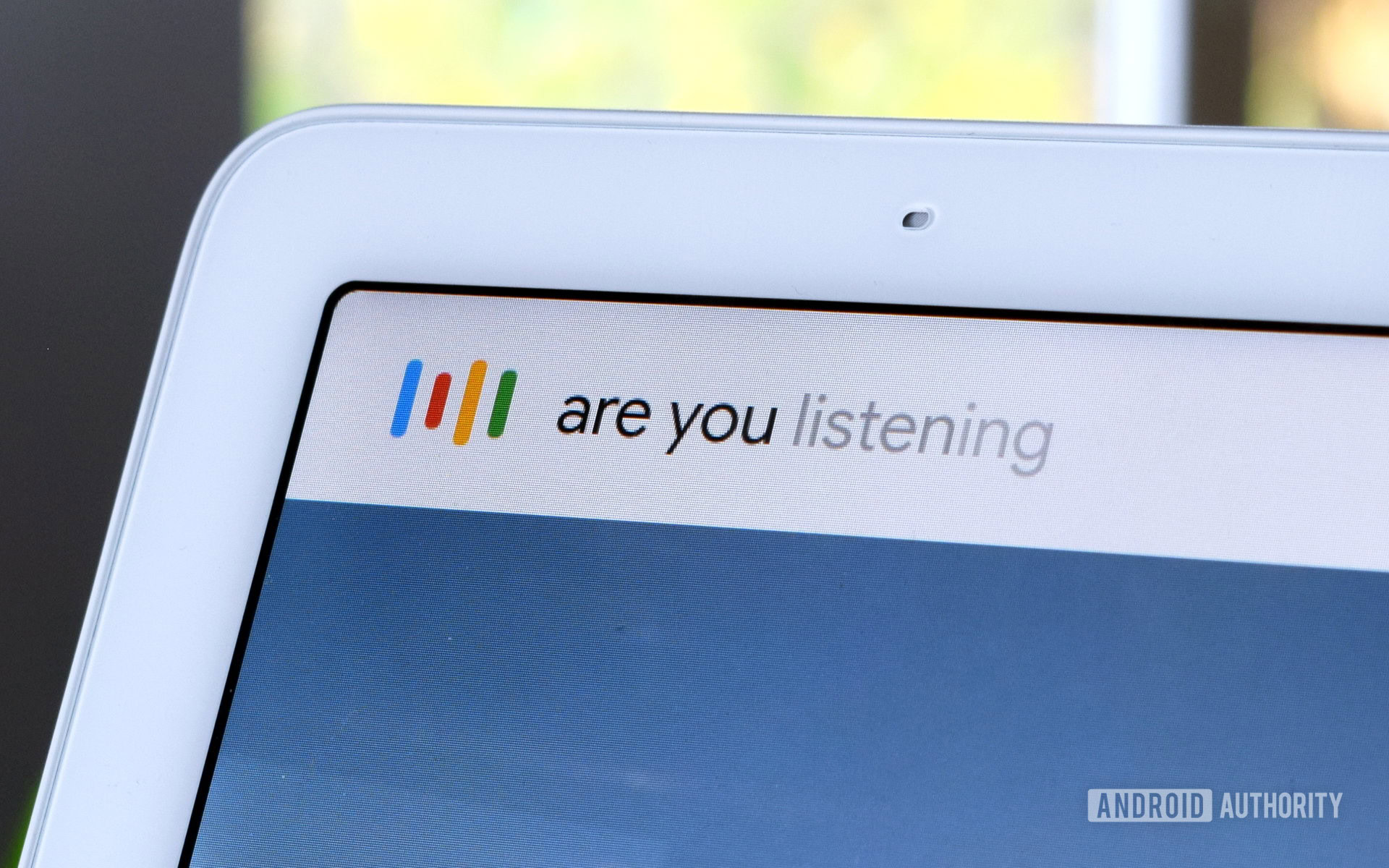
The Google Home Hub isn’t without its problems, though these are gripes I’ve had with Google’s smart home ecosystem for a while. Setting up devices is very simple, but adding multiple accounts to the Hub was a pain for me. Even once I’d sent and accepted the required invites, I still had to rummage through individual device settings in the Home app to kickstart the feature. The app’s settings menus are still a labyrinth that could use simplifying.
Furthermore, if you want to limit Google’s data collection in any way, most of Assistant’s features will switch off. It even refuses to play YouTube video without tracking your browsing history. What confuses me is that I can manually delete my internet history every day (although I have better things to do) and the Google Home Hub works fine, but stop tracking in the settings and Assistant ceases to co-operate.
I appreciate that the privacy-conscious probably aren’t inviting Google Assistant into their homes at all. However, some granularity on what Google collects and better transparency about which features rely on data collection would be much appreciated.
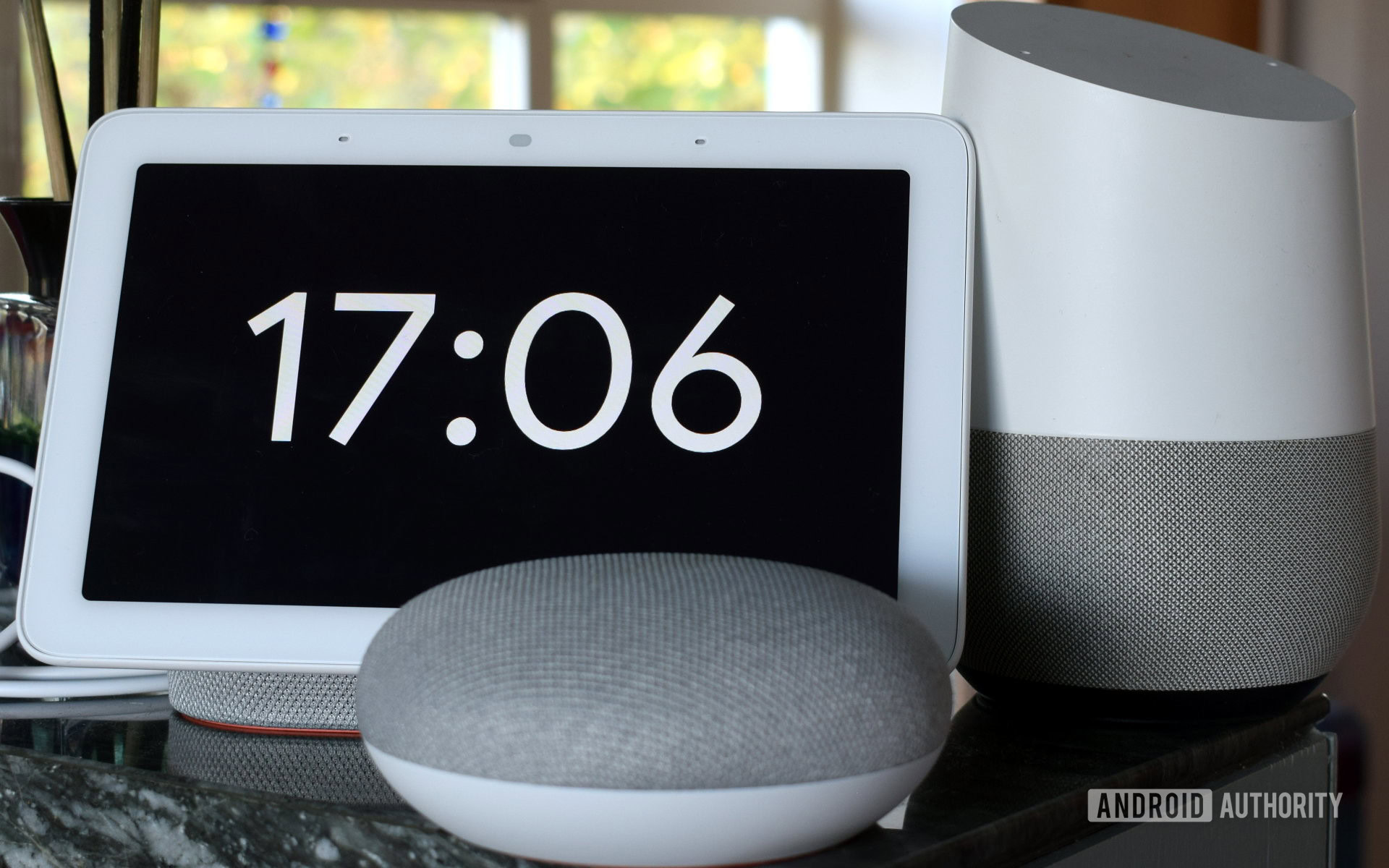
Tying Google’s products together
The Google Home Hub is about much more than just adding a display — it’s designed as the Hub for all of your other smart appliances. To this end, Google has also revamped it’s Home app to simplify common functions and introduced the Home View to the Home Hub.
A swipe down on the display quickly brings up the Home View menu, offering options to play content on other devices in your home, view security cameras, and adjust your thermostat. There’s also a broadcast feature to play back messages across all of your Google Home speakers. This menu goes further, allowing you to adjust settings and configure any compatible smart home devices on your network. This includes Nest, smart lights and plugs from brands like Belkin and Philips Hue, and other Google Home products.
The Google Home Hub is built around the company's other software services rather than an open platform like Android.
Google’s software is really the key to the whole experience. We’ve already talked about YouTube integration, which Google is clearly pushing with 6 months of YouTube Premium included in every purchase. It’s a bit of a shame there’s no opportunity for third-party video services to see the same level of integration, but at least casting provides an alternative way in for other apps. Home Hub is clearly built to deliver information from Google Maps, Google Calendar, and Search seamlessly too.
Google Photos is also an integral part of the Google Home Hub, as it’s the only way to use the photo frame feature. It’s clear why Google is locking down its platform like this — it wants you using its services and hopefully paying for them in the longterm. However, it’s a bit disappointing for those who may be used to traditional digital photo frames, which provide microSD card slots, USB support and internal memory, and support other online storage platforms.
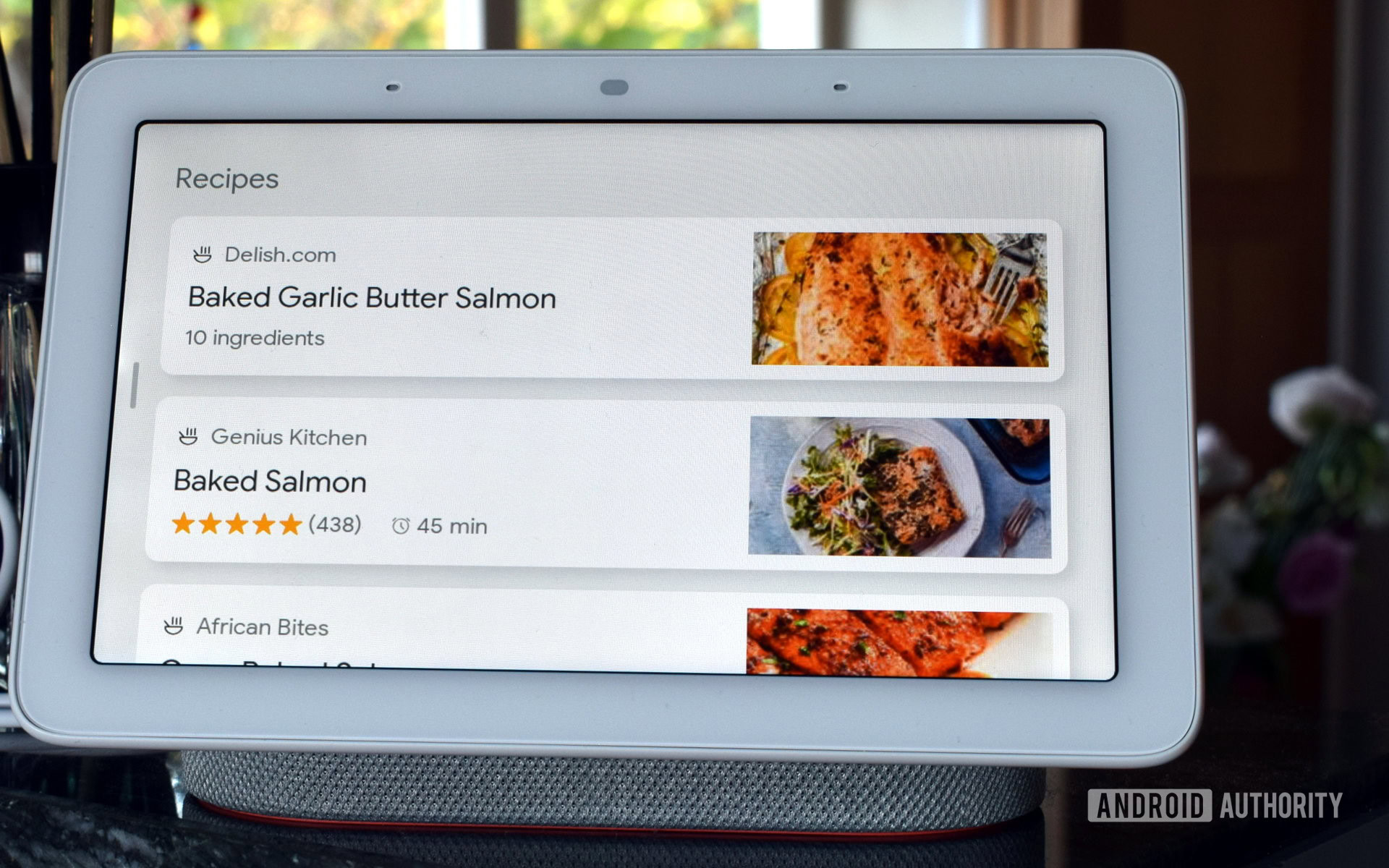
Google Home Hub is the perfect kitchen companion
Although Google advertises the Home Hub as “thoughtfully designed for any room,” I initially had a little trouble seeing where it fits into my household. Youtube and casting feel redundant in a living room with a TV and Chromecast. The Hub still fits in as a digital photo frame, but that’s wasting a lot of its potential. In the bedroom, the screen is too small to make a useful TV alternative and it’s just not a room I’m in enough to make use of its best features.
The Home Hub provides great value, providing that you're happy using Google's other services.
To me, the Google Home Hub only really makes sense in the kitchen, and that’s where mine ended up. It’s the hub of activity in the morning, where you’ll take Assistant up on those calendar reminders, traffic reports, and perhaps even chuck on some tunes to get you in a good mood. In the evening, the Home Hub doubles up as a recipe book and you can even catch up on your favorite shows while frying up something tasty. It’s also where you’ll be when using the broadcast feature to call everyone down for dinner.
Related: Google Home Hub vs Amazon Echo Show 2: Battle of the smart displays
Overall, the Google Home Hub provides excellent value at just $149, as long as you’re already a big user of Google’s services. The introduction of a display makes Home more useful than ever before, but I still found some lingering issues getting my smart home setup just the way I want it.